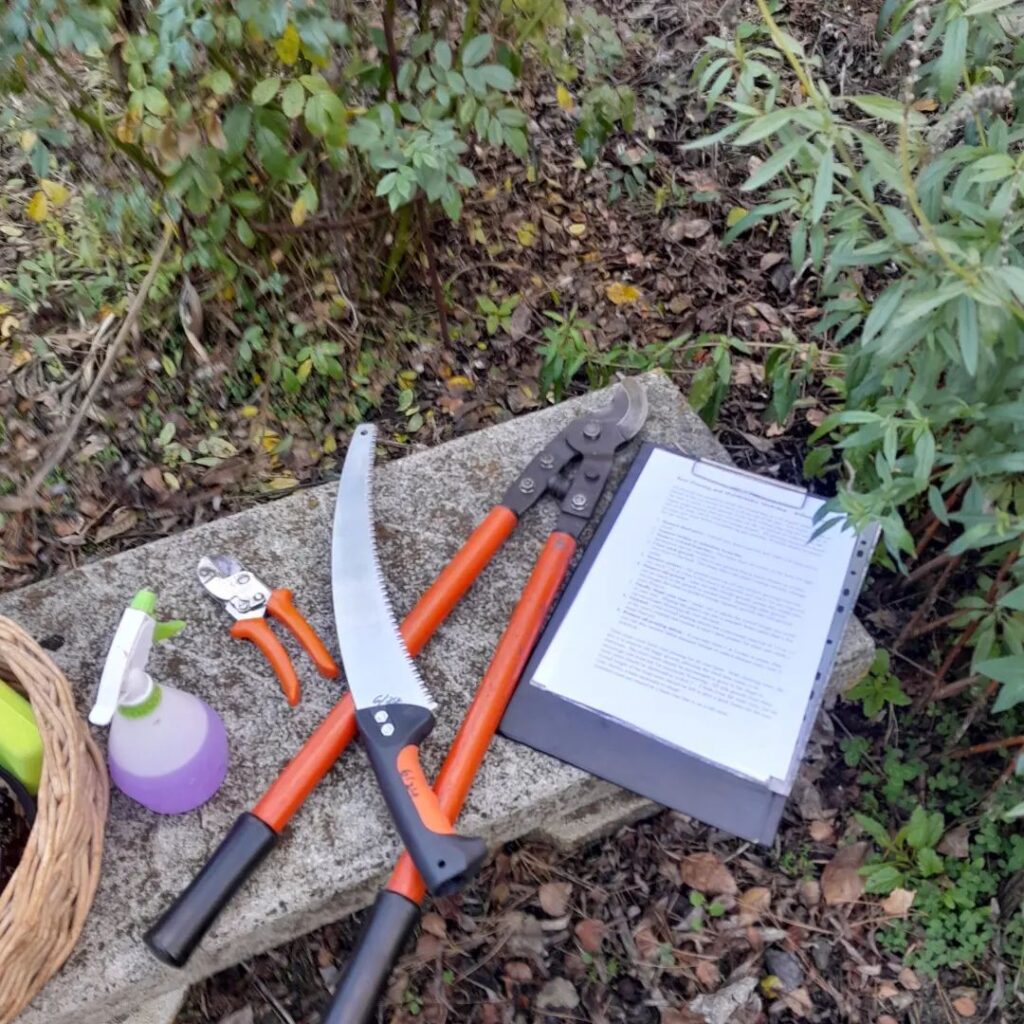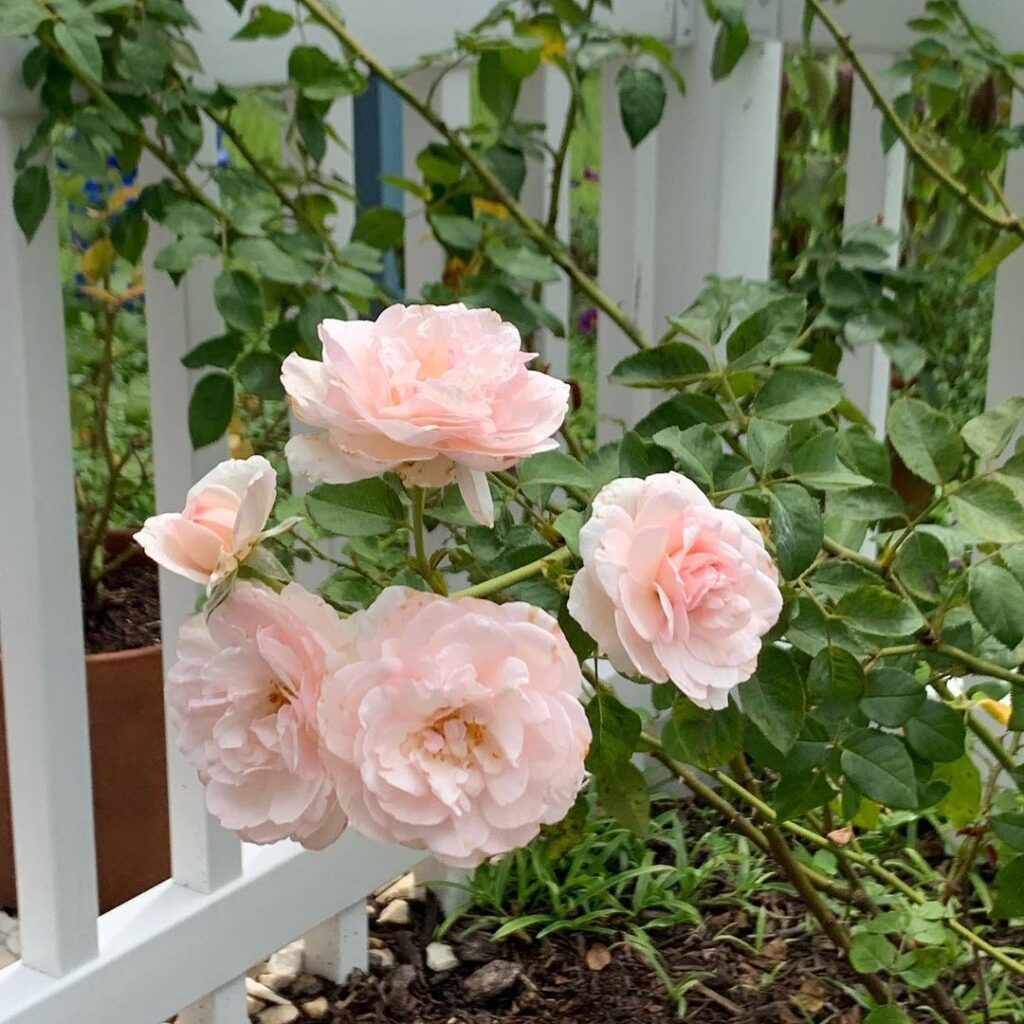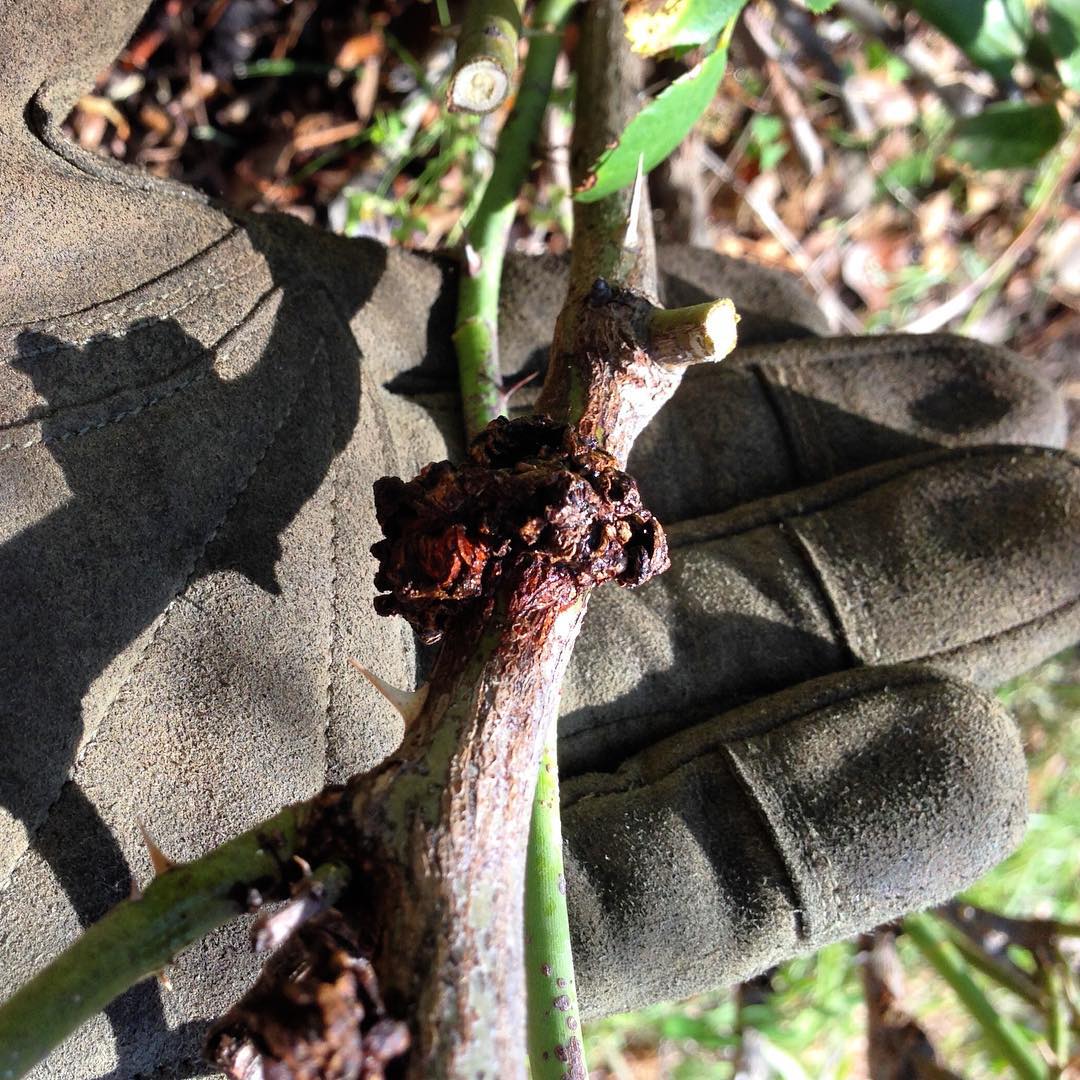Unveiling the Hidden Threat: Crown Gall in Roses
Imagine your prized roses, vibrant and blooming, suddenly marred by unsightly tumors. This isn’t a scene from a horror film but a real concern for rose enthusiasts facing the menace of crown gall. These insidious growths, caused by the bacterium Agrobacterium tumefaciens, strike at the heart of rose bushes, disrupting their beauty and vigor. Crown gall isn’t just a cosmetic issue; it jeopardizes the health and longevity of your beloved plants, spreading through wounds and compromising their ability to thrive.
In the world of gardening, knowledge is your best defense. Understanding how crown gall manifests, spreads, and impacts your roses is crucial to safeguarding their well-being. Join us as we delve into the intricate details of this formidable foe, uncovering practical strategies to detect, prevent, and manage crown gall effectively. Let’s empower ourselves to preserve the splendor of our roses and cultivate gardens that flourish with vitality and resilience.

Crown Gall In Roses
We’ll discuss the topic step by step. So, bear with us, and let’s dive into it:
Understanding Rose Crown Gall
Crown gall is a plant disease that affects a wide range of plants, including roses. It is caused by the bacterium Agrobacterium tumefaciens, which induces the formation of tumor-like growths known as galls on the stems and roots of plants. These galls can vary in size, from as small as a pea to several inches in diameter, and typically appear near the soil line, where the stem meets the roots.
The disease begins when A. tumefaciens enters the plant through wounds or natural openings. Once inside, the bacterium transfers part of its DNA to the plant cells, causing them to proliferate uncontrollably and form galls. This process not only disfigures the plant but also disrupts the normal flow of water and nutrients, leading to stunted growth, reduced vigor, and in severe cases, the death of the plant.
Crown gall is particularly problematic in nurseries and gardens because the bacteria can survive in the soil for many years, infecting new plants as they are introduced. It spreads primarily through contaminated soil, infected plant material, and gardening tools. Identifying crown gall early is crucial for effective management, as young galls are easier to control before they become large and more damaging.

Treating Crown Gall of Rose
Crown gall, caused by the bacterium Agrobacterium tumefaciens, presents a significant challenge to rose growers. This disease forms tumor-like growths at the crown and roots of the plant, leading to reduced vigor and potentially death. Effective treatment requires a combination of cultural practices, mechanical intervention, and chemical treatments.
Identification and Diagnosis
Identifying crown gall early is crucial. Look for round, rough galls at the base of the rose plant or on the roots. These galls can vary in size from a few millimeters to several centimeters. Infected plants may exhibit stunted growth, yellowing leaves, and overall decline.
Mechanical Removal
- Pruning Infected Areas: Carefully remove infected parts of the plant. Use sterilized pruning shears to cut at least 1 inch below the gall. Dispose of the infected plant material away from the garden.
- Root Removal: For severe infections, consider removing the entire plant, including the roots, to prevent the spread of bacteria to neighboring plants.
Chemical Treatments
- Antibiotic Treatments: Use antibiotics like streptomycin to treat the bacteria directly. Apply according to the manufacturer’s instructions, ensuring thorough coverage of the infected area.
- Soil Fumigants: In cases of widespread infection, soil fumigants such as methyl bromide can be used to treat the soil. However, these should be used with caution and typically require professional application.
Biological Control
- Agrobacterium radiobacter Strain K84: This biological control agent has shown effectiveness against crown gall. It competes with A. tumefaciens and prevents the formation of galls. Apply strain K84 as a root dip before planting or as a soil drench.
Cultural Practices
- Sanitation: Maintain a clean garden environment. Sterilize tools between uses, and avoid wounding plants during gardening tasks.
- Resistant Varieties: Plant crown gall-resistant rose varieties if available. Consult local nurseries or rose societies for recommendations.
- Site Selection: Choose planting sites with well-drained soil and good air circulation to reduce the risk of infection.
Monitoring and Maintenance
- Regular Inspections: Inspect rose plants regularly for signs of crown gall. Early detection can prevent the spread of the disease.
- Healthy Practices: Promote overall plant health through proper watering, fertilization, and mulching. Healthy plants are more resilient to infections.
Case Study and Statistics
In a study conducted by the University of California, the application of Agrobacterium radiobacter strain K84 reduced crown gall incidence by 70% in treated rose plants. Furthermore, using resistant varieties has shown to decrease infection rates by up to 60%, highlighting the importance of integrated management strategies.
By understanding and implementing these treatment methods, rose growers can effectively manage crown gall, ensuring the health and beauty of their roses. Combining mechanical, chemical, and biological controls, along with cultural practices, provides a comprehensive approach to combating this persistent disease.

Preventive Measures of Crown Gall in Roses
Preventing crown gall in roses requires a proactive approach to ensure the health and longevity of your plants. Here are the key preventive measures:
1. Choose Disease-Resistant Varieties
Opt for rose varieties known for their resistance to crown gall. While no rose is completely immune, certain types exhibit better resilience against this bacterial disease. Research and consult with local nurseries to find the best options for your region.
2. Practice Proper Planting Techniques
- Avoid Injuries: Minimize wounding the plants during planting and maintenance, as crown gall bacteria enter through cuts and abrasions.
- Sterile Equipment: Always use sterilized tools when pruning or planting. Disinfect pruners and shovels with a solution of one part bleach to nine parts water.
3. Inspect and Select Healthy Plants
- Visual Inspection: Before purchasing, examine plants for any signs of galls or unusual growths at the crown or roots.
- Certified Nurseries: Buy from reputable nurseries that provide disease-free certification.
4. Soil Management
- Well-Drained Soil: Ensure the planting site has well-drained soil to prevent waterlogging, which can stress plants and make them more susceptible to infections.
- pH Balance: Maintain a slightly acidic to neutral soil pH (6.0-7.0) as it supports healthy rose growth.
5. Monitor and Maintain Plant Health
- Regular Inspections: Conduct routine checks of your roses for early signs of crown gall.
- Prompt Action: Remove and destroy any affected plants to prevent the spread of the bacteria.
6. Biological Control
- Agrobacterium radiobacter: Consider using the biological control agent Agrobacterium radiobacter strain K84, which is effective in preventing crown gall by outcompeting the pathogenic bacteria.
Implementing these preventive measures can significantly reduce the risk of crown gall in your rose garden, ensuring your plants remain healthy and vibrant for years to come.

Frequently Asked Questions
What causes crown gall in roses?
Crown gall in roses is caused by the bacterium Agrobacterium tumefaciens. This pathogen enters the plant through wounds or cuts, leading to the formation of tumor-like growths, primarily at the base of the stem and roots. The bacteria interfere with the plant’s nutrient and water transport, impacting its overall health and vigor.
How can I identify crown gall on my roses?
Crown gall appears as round, rough, and woody growths, often found near the soil line, on the roots, or lower stems of the rose plant. These galls can vary in size and may initially be small and soft, becoming larger and harder over time. Early detection is key to managing the disease effectively.
Is crown gall contagious to other plants in my garden?
Yes, crown gall can spread to other susceptible plants through soil, water, or contaminated gardening tools. The bacterium can survive in the soil for extended periods, posing a risk to nearby plants. It’s essential to practice good garden hygiene and sanitize tools regularly to prevent the spread of the infection.
What are the best methods to prevent and manage crown gall in roses?
Preventing crown gall involves using disease-free plants, avoiding injuries to the plants, and practicing good sanitation. If infection occurs, remove and destroy the affected plants to prevent spread. Applying biological control agents, such as Agrobacterium radiobacter strain K84, can also be effective in managing crown gall and protecting healthy plants.
Conclusion
Crown gall in roses is a formidable challenge for gardeners, caused by the bacterium Agrobacterium tumefaciens. Its unsightly galls can significantly affect the health and appearance of rose plants, making early detection and management crucial.
By understanding its causes, symptoms, and preventive measures, gardeners can protect their roses and maintain their garden’s beauty. Implementing good sanitation practices, using disease-free plants, and applying biological control agents are key strategies in combating this persistent threat, ensuring your roses continue to flourish.

I’m Shofi, a passionate gardener and blogger. I have 10+ years of experience in gardening and hold certifications in horticulture and garden design. I share my knowledge and skills through my garden blog to inspire and educate others on the joys of gardening. I try to provide valuable information and create a community for gardeners of all levels to connect and learn. My ultimate goal is to inspire others to start their own gardens and connect with nature.

